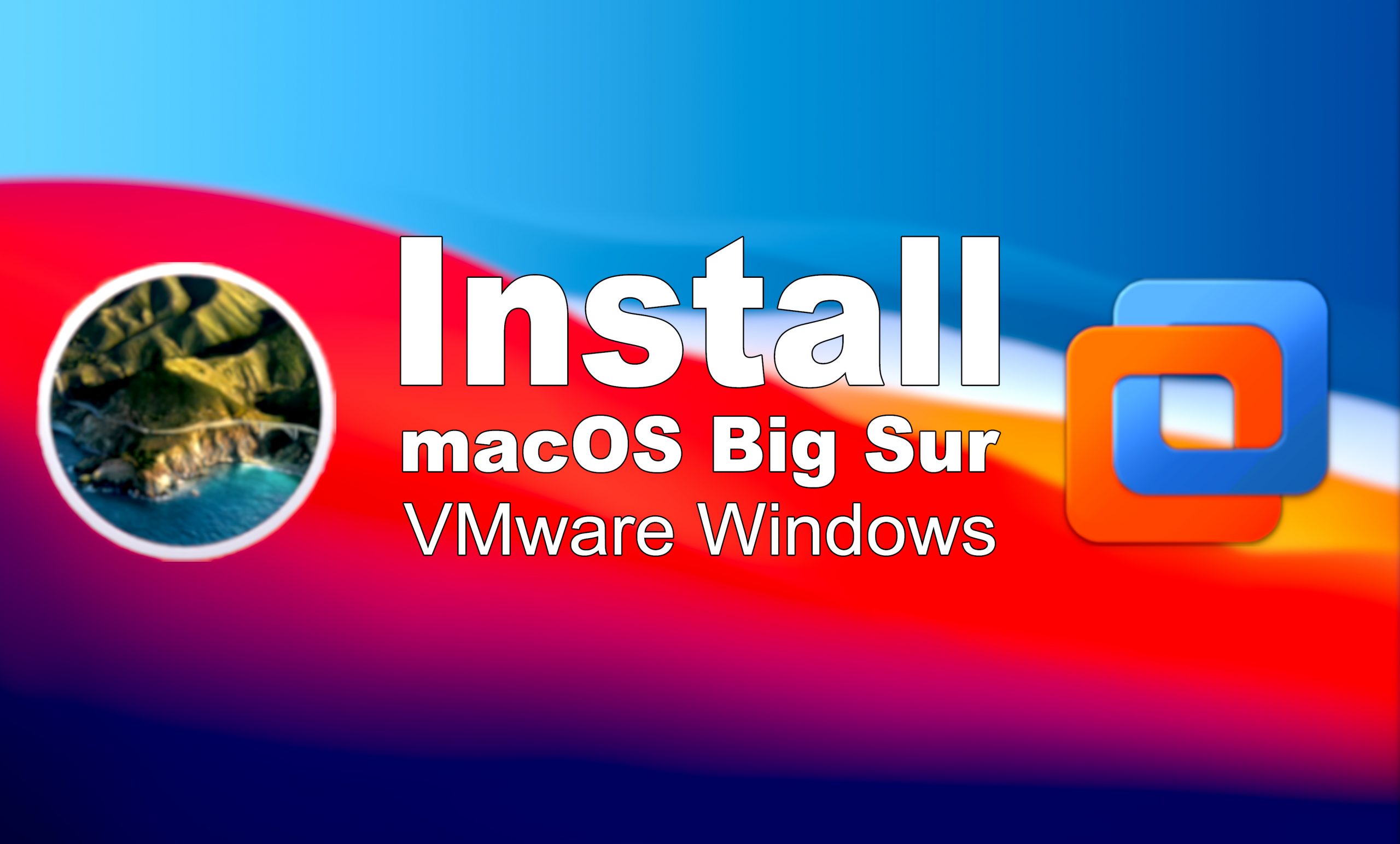
128-.254 for DHCP addressing, so we’ll want to figure out the subnet and set the IP of the VM to. VMware Fusion network bridge uses the range of. The only thing I would add is the OpenSSH server package, but that is somewhat obvious… The defaults for the OS install should be sufficient. qemu in the nf configuration.ĭownload the Ubuntu 14.04 latest ISO and attach to the VM. This will allow a virt_type of kvm vs.Advanced Options “Enable hypervisor applications in this virtual machine”.First thing we need to do is create the DevStack VM:įirst, create an Ubuntu 14.04 VM with VMware Fusion (This allows for nested virtualization). QEMU for the cloud instance virtualization. This allows the DevStack VM to use KVM vs. While this could be done using Virtual Box, I chose to use VMware Fusion because of the nested virtualization feature. This blog outlines the steps needed to get a single node DevStack running on a Virtual Machine (VM) using VMware Fusion so we can use Terraform against it.

#INSTALL DOCUMENTATION FOR VMWARE ON MAC OS X HOW TO#
Now that we know at a high level what DevStack is, we will cover how to deploy it on OS X. With DevStack, I can get a quick OpenStack cloud up and running. So, why use DevStack? I often find myself wanting to evaluate orchestration tools, or other tools that integrate with OpenStack, but don’t have an OpenStack cloud to work against. DevStack, by default, runs against the master branch of every OpenStack project, so it really is bleeding edge.

DevStack is not meant for production use due to some of the assumptions made to install it and get it running. In part two HERE I will go into more detail about Terraform.ĭevStack is an automated way of installing OpenStack to use for OpenStack development, but it also provides a quick and easy way of deploying. Written by Taylor Owen, Cloud Architect, Kovarus So first, what exactly is Terraform with DevStack? Here in part one, I will talk about DevStack and how to install it.


 0 kommentar(er)
0 kommentar(er)
